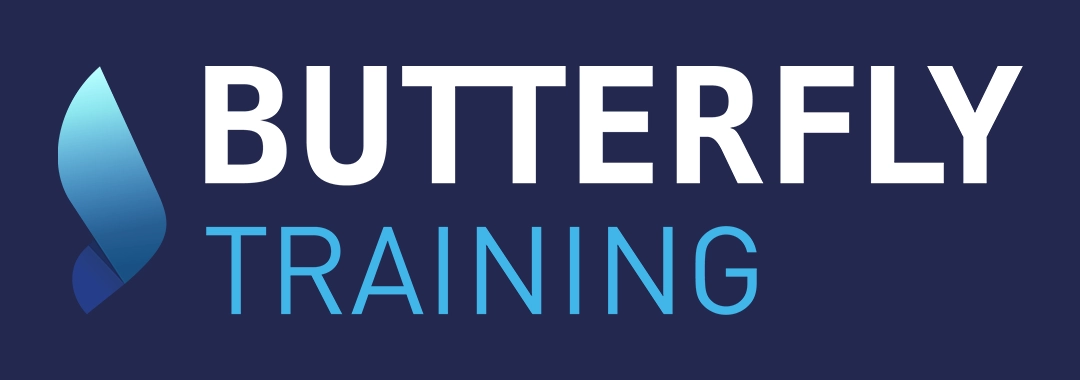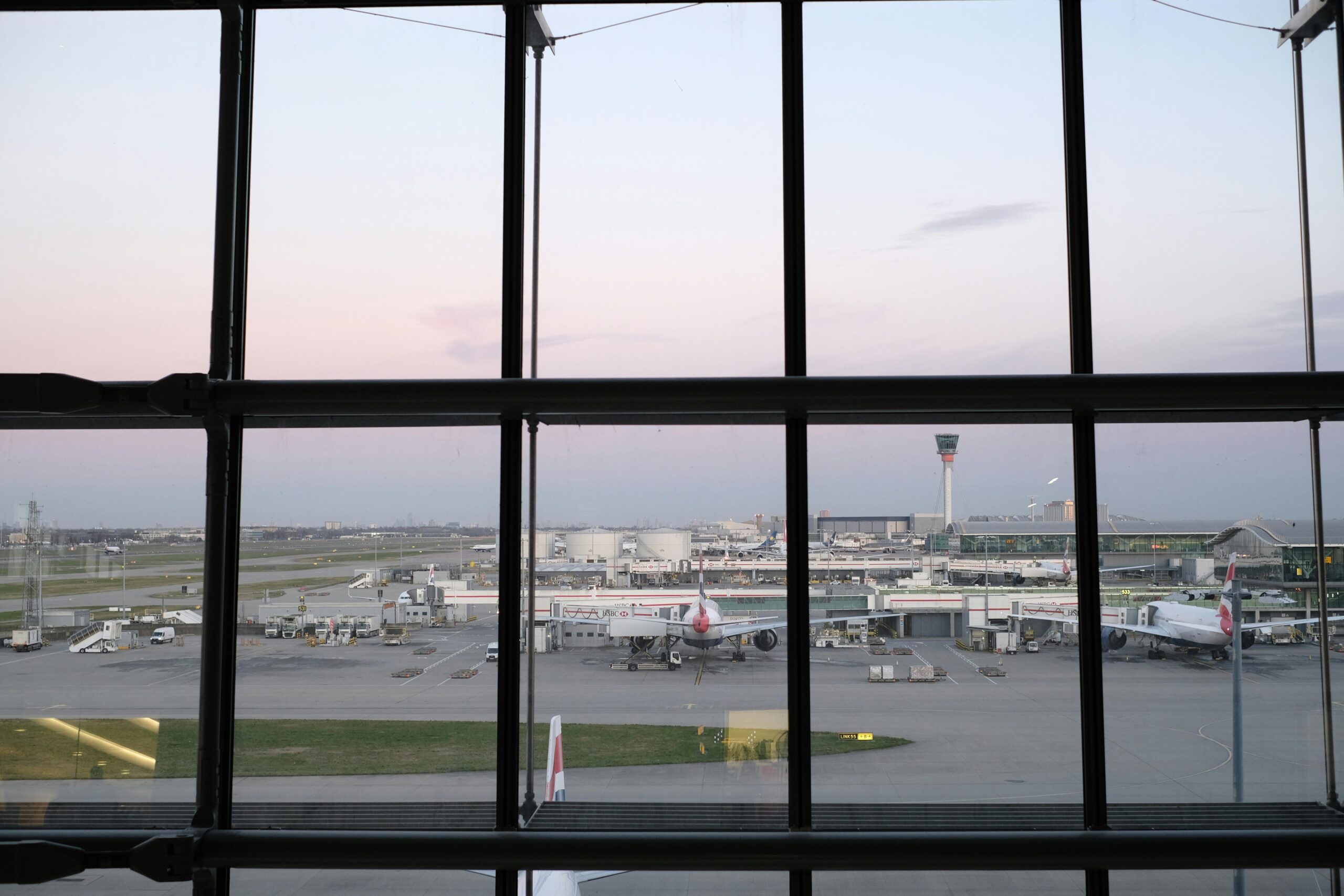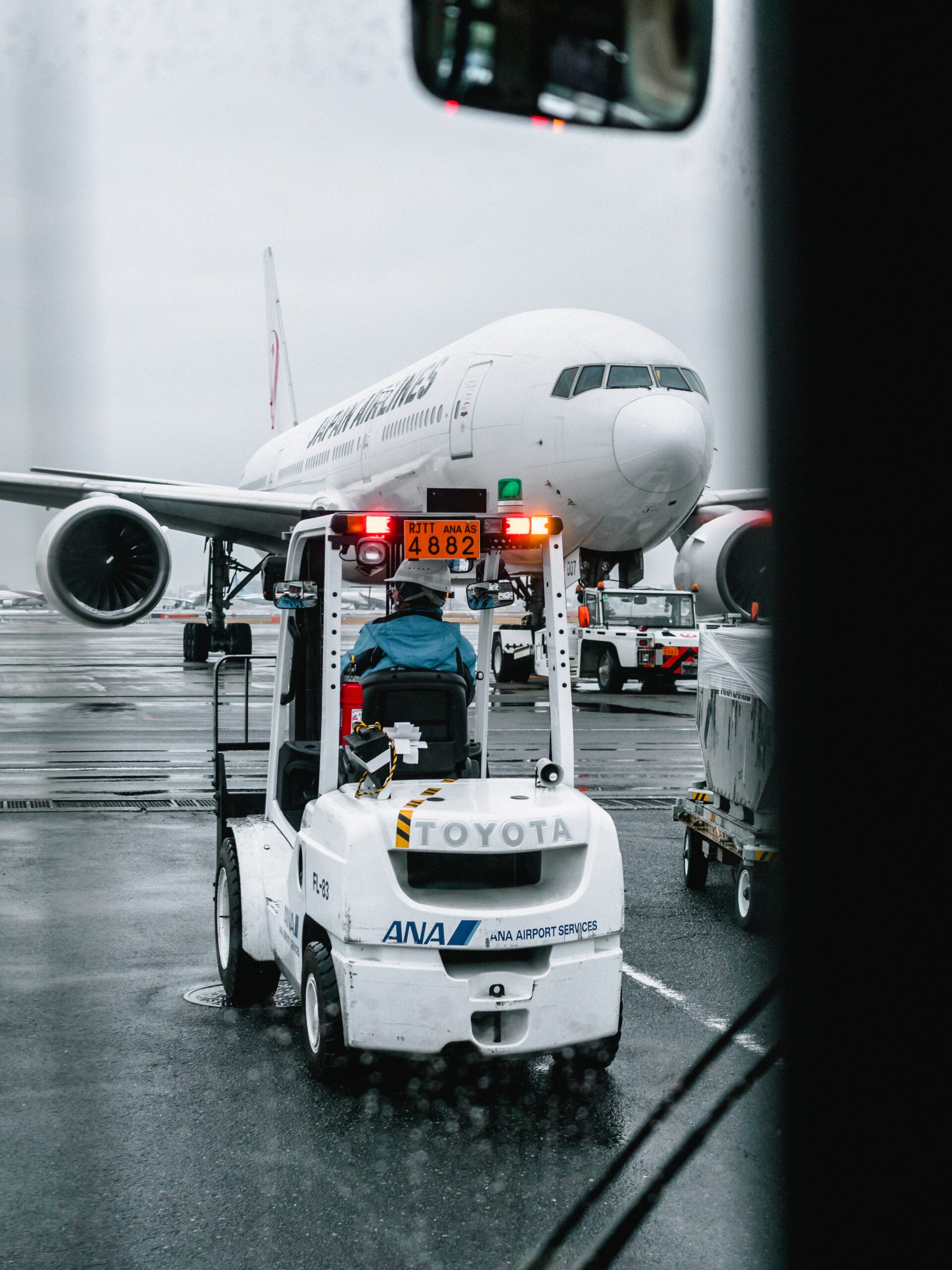Introduction
Insider Threat (Definition) – An insider threat is a perceived threat to an organisation that comes from people within the organisation, such as employees, former employees, contractors or business associates, who have either inside information concerning the organisation’s security practices, data and computer systems or access to secure areas that the general public would not have access to.
At Butterfly Training, we understand the critical importance of aviation security and the constant need for vigilance in protecting passengers, crew, and aircraft at an airport. In this comprehensive article, we delve deep into the hidden insider threat to aviation security, shedding light on the potential risks, vulnerabilities, and strategies for mitigation. Our goal is to provide you with valuable insights that will enable you to enhance your aviation security measures and safeguard the integrity of your operations.

Understanding the Insider Threat
Aviation security faces a complex array of challenges, with the insider threat being one of the most critical and often underestimated. While external threats such as terrorism receive significant attention, the presence of insiders within the aviation industry poses a significant risk that must not be overlooked. Insiders have privileged access to security-sensitive areas, information, and systems, making them potential vulnerabilities that can be exploited by malicious actors.
Identifying the Types of Insider Threats
To effectively mitigate the insider threat, it is crucial to understand the different types of individuals who can pose a risk. We categorize insider threats into three main types:
- The Disgruntled Employee: This type of insider poses a threat due to personal grievances, such as job dissatisfaction, conflicts, or personal issues. Their motivation to harm the organization may stem from a desire for revenge or to make a statement.
- The Malicious Insider: These individuals intentionally seek to exploit their insider access for personal gain or to engage in activities that harm the organization. They may engage in theft, fraud, sabotage, or unauthorized disclosure of sensitive information.
- The Unintentional Insider: This category includes employees who unknowingly create security vulnerabilities through negligent actions or unintentional errors. They may inadvertently compromise security by falling victim to social media attacks, misplacing their work tools or sensitive information, or failing to follow established protocols.
Vulnerabilities and Impact of Insider Threats
Insider threats can exploit various vulnerabilities within the aviation industry, resulting in severe consequences. Some key vulnerabilities and their potential impact include:
- Access Control Weaknesses: Inadequate access control mechanisms, such as lax authentication protocols or insufficient monitoring, can allow insiders to gain unauthorized access to restricted areas, systems, or information. This can lead to compromised security, theft of valuable assets, or unauthorized modifications.
- Insider Knowledge: Insiders possess intimate knowledge of security protocols, vulnerabilities, and system architecture. Malicious insiders can exploit this knowledge to circumvent controls, bypass security measures, or launch sophisticated attacks without raising suspicion.
- Sensitive Information Exposure: Insider threats can result in the unauthorized disclosure or leakage of sensitive information, including classified data, passenger manifests, or security protocols. This can have severe consequences, compromising national security, endangering passengers, and damaging the reputation of the aviation industry.
- Operational Disruptions: Insider threats can disrupt critical operations by sabotaging systems, manipulating data, or intentionally causing malfunctions. These disruptions can lead to flight delays, cancellations, financial losses, and potential safety hazards.
Mitigating the Insider Threat
To effectively mitigate the hidden insider threat to aviation security, organizations must implement robust security measures and cultivate a culture of vigilance. Here are some key strategies to consider:
- Establishing a Strong Security Culture: Foster a culture of security awareness, emphasising the importance of reporting suspicious behaviour, adhering to protocols, and maintaining a proactive stance towards security.
- Implementing Access Control Mechanisms: Strengthen access control measures, including two-factor authentication, biometrics, and robust identity management systems. Regularly review and update access privileges to ensure that they align with job roles and responsibilities.
- Implementing Continuous Monitoring: Deploy comprehensive monitoring systems that detect anomalous behavior, such as unusual access patterns or data exfiltration attempts. Real-time monitoring and alert systems enable timely responses to potential threats.
- Conducting Background Checks: Perform thorough background checks on individuals during the hiring process and at regular intervals during their employment, including screening of criminal records, terrorism risk indicators, and previous employment history. The information required and frequency of the checks will depend on the role of the candidate and the access to security-sensitive areas/information which they are permitted.
- Implementing a Whistleblower Program: Establish a confidential reporting mechanism to encourage employees to report any suspicious activities or concerns regarding aviation security. Ensure that employees feel protected from retaliation when reporting such incidents.
- Implementing Data Loss Prevention (DLP): Deploy DLP solutions to monitor and prevent the unauthorized transfer, storage, or disclosure of sensitive information. These systems can detect and block attempts to exfiltrate data by insiders.
Enhanced Background Checks can include:
- Employment referencing and gap period analysis (Aviation Vetting Requirement)
- DBS or Disclosure Scotland certificate (Aviation Vetting Requirement)
- Overseas criminal record checks(If Required, Aviation Vetting Requirement)
- Identity Check and right to work verification(Aviation Vetting Requirement)
- GSAT (General Security Aviation Training – Vetting Requirement)
- CAA Security Interview(Aviation Vetting Requirement)
- Address validation (Aviation Vetting Requirement)
- Financial summary reports / financial detail reports (credit check, bankruptcy, IVA, CCJ)
- Qualification verification (including professional memberships and professional qualifications)
- Social media profiling
- FCA search
- CIFAS check
- Directorship search
- CV analysis
- Sanctions check
- Drug and alcohol testing
Conclusion
Aviation security requires a multifaceted approach to mitigate the various threats it faces. The hidden insider threat poses a significant risk that demands attention and proactive measures. By understanding the different types of insider threats, vulnerabilities, and implementing robust mitigation strategies, organizations can enhance their aviation security posture and protect against potential harm. At Butterfly Training, we are committed to assisting you in strengthening your aviation security and ensuring the safety and well-being of all stakeholders involved.
Learn more
Relevant links on insider threat from national bodies in the UK and worldwide:
- National Cyber Security Centre (NCSC) – Insider Threat Guidance
- UK Government – Counter Terrorism: Insider Threat
- Centre for the Protection of National Infrastructure (CPNI) – Insider Risk
- Civil Aviation Authority (CAA) – Security
- Transport Security Administration (TSA) – Insider Threat Awareness
These resources provide valuable information and guidance on understanding, detecting, and mitigating insider threats within the aviation industry.






